The rise of digital chronic disease management platforms has transformed healthcare delivery in recent years. These innovative solutions bridge the gap between patients and providers, offering continuous monitoring and personalized care outside traditional clinical settings. As adoption accelerates globally, stakeholders increasingly focus on evaluating the true efficacy of these platforms in improving health outcomes while reducing costs.
Understanding the core functionality of these platforms helps contextualize performance assessments. At their best, digital chronic care solutions integrate wearable devices, mobile applications, and cloud-based analytics to create closed-loop systems. Patients can track vital signs, medication adherence, and symptoms in real-time while clinicians receive actionable insights through sophisticated algorithms. This constant data flow theoretically enables earlier interventions and prevents complications.
The healthcare industry faces mounting pressure to demonstrate measurable improvements from digital health investments. Several large-scale studies have attempted to quantify outcomes across different chronic conditions. For diabetes management, research shows consistent reductions in HbA1c levels among engaged platform users compared to standard care. Hypertension platforms demonstrate similar success, with participants achieving better blood pressure control through automated reminders and trend analysis.
Beyond clinical metrics, operational efficiencies represent another critical evaluation dimension. Digital platforms significantly reduce unnecessary hospital visits through remote monitoring capabilities. One European study found a 38% decrease in emergency department admissions among heart failure patients using a connected care platform. Such reductions alleviate strain on overloaded healthcare systems while improving patients' quality of life through fewer disruptive clinic visits.
Economic analyses reveal compelling cost-benefit ratios when implemented effectively. While initial technology investments appear substantial, long-term savings from prevented complications often justify expenditures. A U.S.-based analysis of a renal disease management platform showed $2,300 annual savings per patient through reduced hospitalizations. These financial benefits become more pronounced when considering indirect costs like lost productivity and caregiver burdens.
Patient engagement levels emerge as the most significant predictor of platform success. Systems boasting intuitive interfaces and meaningful clinician interactions sustain higher utilization rates. Behavioral science principles incorporated into platform design—such as gamification and social support features—show particular promise. However, persistent digital literacy gaps among elderly populations continue challenging universal adoption, requiring targeted onboarding solutions.
Data security concerns remain paramount in platform evaluations. As health information flows across multiple devices and networks, robust encryption and access controls prove essential. Leading platforms now incorporate blockchain technology and federated learning architectures to enhance privacy while maintaining analytical capabilities. Regulatory compliance with standards like HIPAA and GDPR serves as the baseline for trustworthy operations.
Interoperability challenges frequently surface during implementation assessments. The most effective platforms seamlessly integrate with existing electronic health record systems rather than creating data silos. Standardized application programming interfaces (APIs) have become crucial for ensuring clinician workflows aren't disrupted by additional technology burdens. Health systems increasingly prioritize platforms demonstrating smooth EHR integration during procurement processes.
The evolution of predictive analytics represents perhaps the most exciting development in efficacy evaluations. Advanced machine learning algorithms now identify high-risk patients before clinical deterioration occurs. One oncology platform reduced unplanned hospitalizations by 45% through early detection of chemotherapy complications. As artificial intelligence capabilities grow more sophisticated, these predictive functions will likely become standard platform features.
Longitudinal studies reveal interesting adoption patterns across different demographics. While younger patients initially embraced digital health tools more readily, recent data shows accelerating uptake among older cohorts when platforms address accessibility concerns. Chronic disease prevalence among aging populations makes this trend particularly encouraging. Culturally tailored platforms in multilingual societies demonstrate similarly promising engagement metrics.
Clinician acceptance remains a critical success factor often overlooked in evaluations. The most effective platforms augment rather than replace physician judgment, providing decision support without overwhelming alerts. Systems incorporating natural language processing for documentation assistance show particularly high provider satisfaction scores. Time savings for healthcare professionals frequently correlate with better patient outcomes through increased care coordination.
The COVID-19 pandemic served as an unprecedented accelerant for digital chronic disease management adoption. Lockdowns and infection risks forced rapid implementation of remote monitoring solutions worldwide. Post-pandemic evaluations show many temporary implementations became permanent care model components. This forced experimentation provided valuable real-world data about platform resilience during healthcare crises.
Emerging reimbursement models are reshaping platform sustainability assessments. Value-based care arrangements increasingly recognize digital monitoring as billable services rather than experimental interventions. The U.S. Centers for Medicare & Medicaid Services now covers several remote patient monitoring codes, creating financial viability for provider organizations. Similar policy shifts in other nations suggest growing institutional acceptance of digital care modalities.
Looking ahead, next-generation platforms will likely incorporate more ambient monitoring capabilities through smart home devices and passive sensors. These developments promise to reduce patient burden while increasing data accuracy through continuous, unobtrusive collection. Evaluation frameworks must adapt to assess these novel interaction paradigms and their impact on long-term condition management.
The convergence of digital therapeutics with management platforms presents another evaluation frontier. Some platforms now deliver FDA-approved behavioral interventions alongside traditional monitoring functions. This blending of treatment and management challenges existing assessment methodologies, requiring new metrics that capture combined therapeutic effects. Regulatory bodies are developing specialized frameworks to evaluate these hybrid solutions.
Ultimately, comprehensive platform assessments must balance quantitative metrics with qualitative patient and provider experiences. While reduction in HbA1c or blood pressure values provide objective success measures, equally important are subjective improvements in care convenience and mental wellbeing. The most impactful evaluations consider this holistic definition of healthcare value, recognizing that chronic disease management extends beyond clinical parameters alone.
As the evidence base grows, digital chronic disease management platforms appear poised for mainstream healthcare integration. Current evaluations suggest these solutions can deliver on their promise of better outcomes at lower costs—when properly implemented and continuously optimized. The challenge moving forward lies in standardizing assessment methodologies while allowing for innovation in this rapidly evolving field.
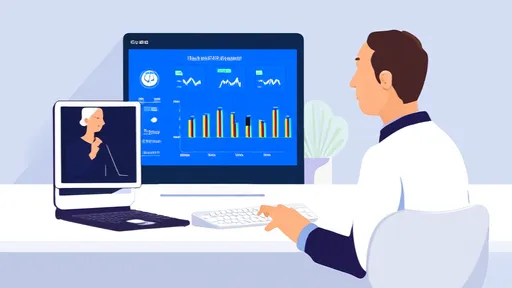
By /Jul 14, 2025

By /Jul 14, 2025

By /Jul 14, 2025
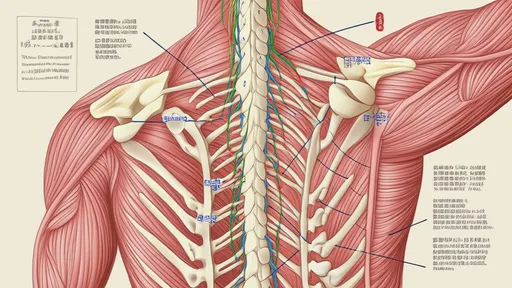
By /Jul 14, 2025

By /Jul 14, 2025
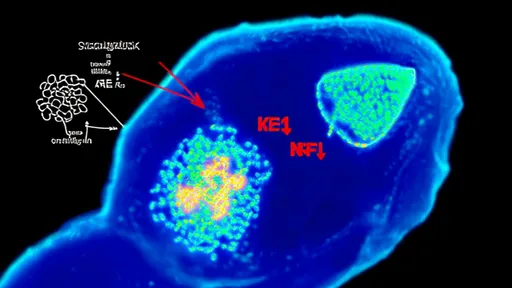
By /Jul 14, 2025

By /Jul 14, 2025
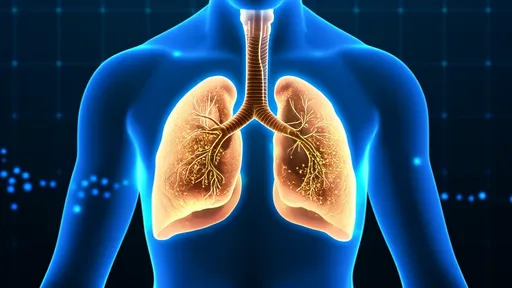
By /Jul 14, 2025
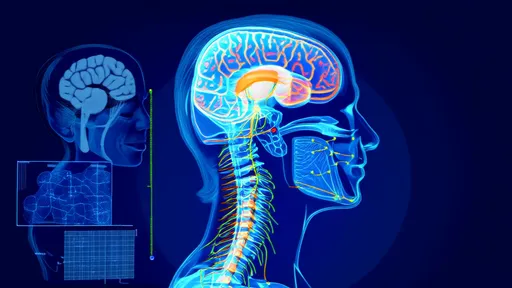
By /Jul 14, 2025

By /Jul 14, 2025

By /Jul 14, 2025
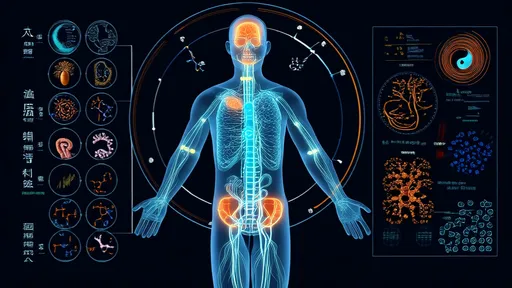
By /Jul 14, 2025

By /Jul 14, 2025

By /Jul 14, 2025

By /Jul 14, 2025

By /Jul 14, 2025

By /Jul 14, 2025

By /Jul 14, 2025